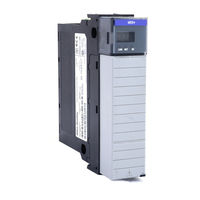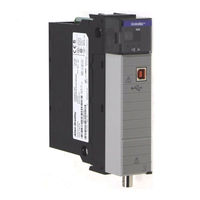Allen-Bradley 1756-CNB/E Manuals
Manuals and User Guides for Allen-Bradley 1756-CNB/E. We have 2 Allen-Bradley 1756-CNB/E manuals available for free PDF download: User Manual, Installation Instructions Manual
Allen-Bradley 1756-CNB/E User Manual (186 pages)
ControlLogix Redundancy System
Brand: Allen-Bradley
|
Category: Control Systems
|
Size: 1.78 MB
Table of Contents
Advertisement
Allen-Bradley 1756-CNB/E Installation Instructions Manual (52 pages)
ControlNet Modules
Brand: Allen-Bradley
|
Category: Controller
|
Size: 2.77 MB
Table of Contents
Advertisement
Related Products
- Allen-Bradley 1756-CN2/B
- Allen-Bradley 1756-CN2RXT
- Allen-Bradley 1756-CNBR/E
- Allen-Bradley 1756-CN2R/B
- Allen-Bradley controllogix 1756-L55M14
- Allen-Bradley controllogix 1756-L55M22
- Allen-Bradley controllogix 1756-L55M23
- Allen-Bradley 1756-L63XT
- Allen-Bradley 1756-LSP
- Allen-Bradley ControlLogix System 1756-L1M Series

